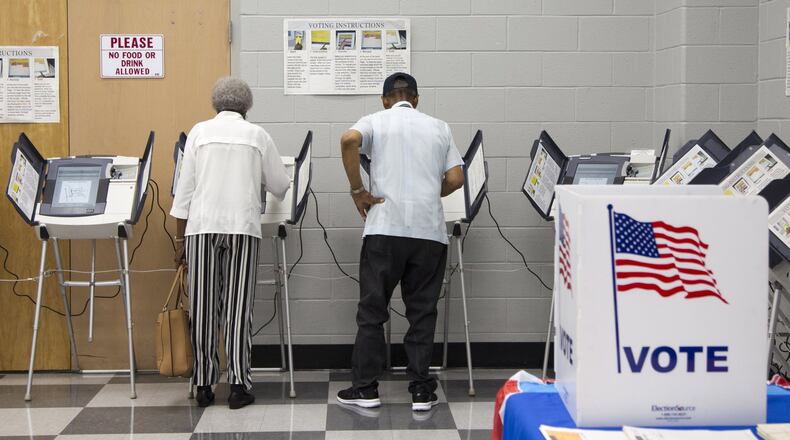Last week, the news broke that Brian Kemp, both the Secretary of State of Georgia and the Republican nominee for Governor, placed 53,000 voter registration applications on hold, at least 70 percent of which came from black people. The media went crazy. Democrats went crazy. Everyone on Twitter with a blue wave emoji or resistance hashtag went crazy. Voter suppression was all you heard.
What you didn’t hear? All 53,000 of those people can cast a regular ballot on election day. The law is stated clearly on the state elections website. The Secretary of State’s office has given a very clear response to everyone who asks. They have to bring an ID. The name has to “substantially match.” Georgia is one of 34 voter ID states where everyone has to show identification to vote. Instead of taking a very real case of attempted voter suppression and intimidation and using it as a way to increase voter turnout by telling everyone how they can vote, the alarmist messaging likely scared away voters.
This isn’t the first time Democrats have gotten it backwards.
When Trump’s Presidential Advisory Commission on Election Integrity requested personal data on voters last June, thousands of Democrats unregistered to vote. Thousands. And after Brett Kavanaugh was confirmed to the U.S. Supreme Court, people started saying that they wouldn’t vote in midterms. It’s not worth it, they said. They’re going to suppress our votes anyways.
Democrats have a bad habit of capping themselves at the knee. Fear, hysteria, and a desire for headlines and donations over reality and solutions get in the way of common sense and logical action.
The message to those 53,000 — and every other voter in Georgia — should have been, loudly and clearly from all corners- YOU CAN VOTE. DON’T BE AFRAID. GO TO THE POLLS. But it wasn’t, because “Keep Calm” makes a great poster but a terrible headline. “Everything is okay” does not raise money. Anger raises money. Fear sells papers.
I run Spread The Vote, an organization that helps voters go to the polls, many for the first time. We get IDs for voters in voter ID states and 77 percent of the people we work with have never voted before. Some are age 18. Some are 75. All have a few things in common when it comes to voting: they don’t know how voting works — where to go, how to use the machines, what they’ll be asked for. They don’t know what they’re voting for — what each office actually does. And they don’t know who to vote for, especially for the less-advertised downballot races. And another thing they have in common? They have almost all had bad experiences with government authorities and are nervous about dealing with them again.
These are the people whose votes are being suppressed, and the messages they need are messages of instruction and support, not fear.
Is Brian Kemp suppressing the vote in Georgia? Yes. In about a thousand different ways. Is the exact match program a problem? Yes, for about a thousand different reasons. Should the panic button have gone off in every corner of the Internet? No. There was an opportunity to think strategically, galvanize the troops, reassure voters, and make every one of those 53,000 voters determined to fight back and vote. Democrats dropped the ball, and, in doing so, probably reduced their own turnout.
There is a very short time until midterms. Voter suppression is very, very real. The last thing we need is for Democrats to suppress their own votes while trying to fight it on the other side.
Kat Calvin is a long-time civil rights activist and founder of Spread The Vote, which works to help people obtain photo ID’s and otherwise meet voter registration requirements. The group has a chapter in Georgia,
About the Author
Keep Reading
The Latest
Featured


